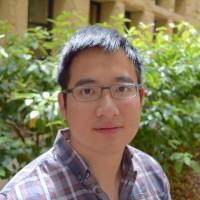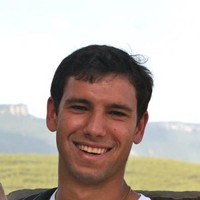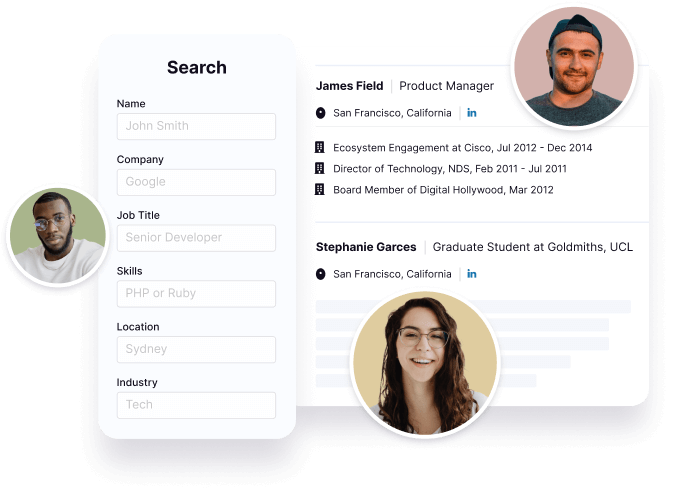Jake Porway's Email & Phone Number
Research Fellow at data.org
Jake Porway Email Addresses
Jake Porway's Work Experience

data.org
Research Fellow
April 2021 to Present




Utopiacompression Corp.
Research and Development Scientist
June 2009 to December 2010

UCLA
Graduate Researcher in the Center for Image and Vision Sciences
October 2004 to June 2010


Bell Laboratories
Summer Intern
June 2005 to September 2005
Show more
Show less
Jake Porway's Education
University of California, Los Angeles
January 2004 to January 2010
University of California, Los Angeles
January 2004 to January 2005
Columbia Engineering
January 2000 to January 2004
Show more
Show less
Frequently Asked Questions about Jake Porway
What is Jake Porway email address?
Email Jake Porway at [email protected] and [email protected]. This email is the most updated Jake Porway's email found in 2024.
What is Jake Porway phone number?
Jake Porway phone number is +1.3109094815.
How to contact Jake Porway?
To contact Jake Porway send an email to [email protected] or [email protected]. If you want to call Jake Porway try calling on +1.3109094815.
What company does Jake Porway work for?
Jake Porway works for data.org
What is Jake Porway's role at data.org?
Jake Porway is Research Fellow
What industry does Jake Porway work in?
Jake Porway works in the Research industry.
Jake Porway's Professional Skills Radar Chart
Based on our findings, Jake Porway is ...
What's on Jake Porway's mind?
Based on our findings, Jake Porway is ...
Jake Porway's Estimated Salary Range
Jake Porway Email Addresses
Find emails and phone numbers for 300M professionals.
Search by name, job titles, seniority, skills, location, company name, industry, company size, revenue, and other 20+ data points to reach the right people you need. Get triple-verified contact details in one-click.In a nutshell
Jake Porway's Ranking
Ranked #548 out of 10,964 for Research Fellow in New York
Jake Porway's Personality Type
Introversion (I), Intuition (N), Thinking (T), Judging (J)
Average Tenure
2 year(s), 0 month(s)
Jake Porway's Willingness to Change Jobs
Unlikely
Likely
Open to opportunity?
There's 96% chance that Jake Porway is seeking for new opportunities

































Jake Porway's Social Media Links
/in/jakeporway /redir/redirect /company/datakind /school/ucla/